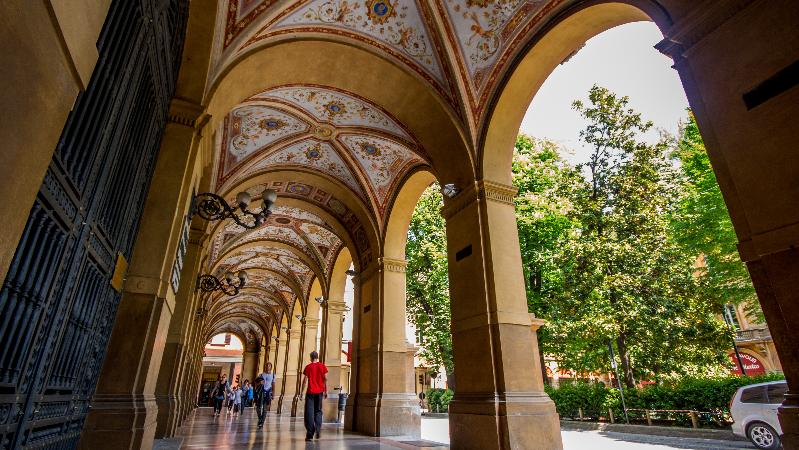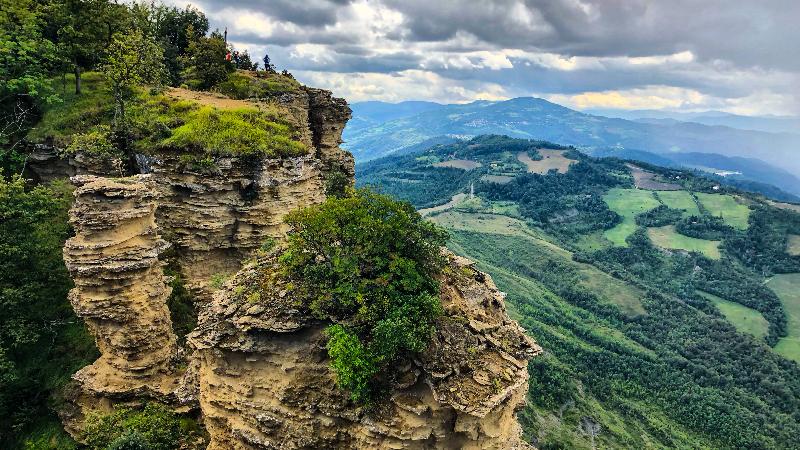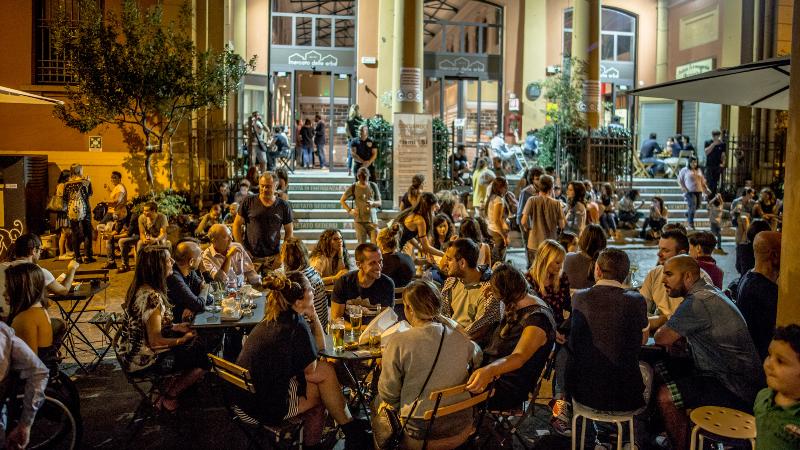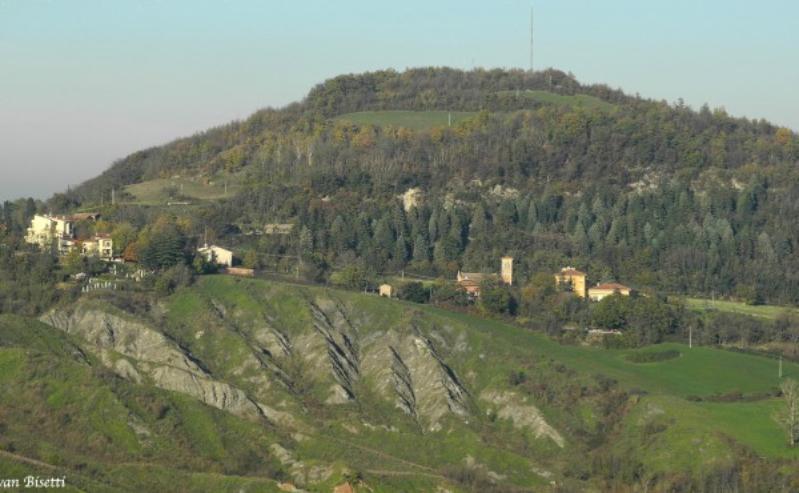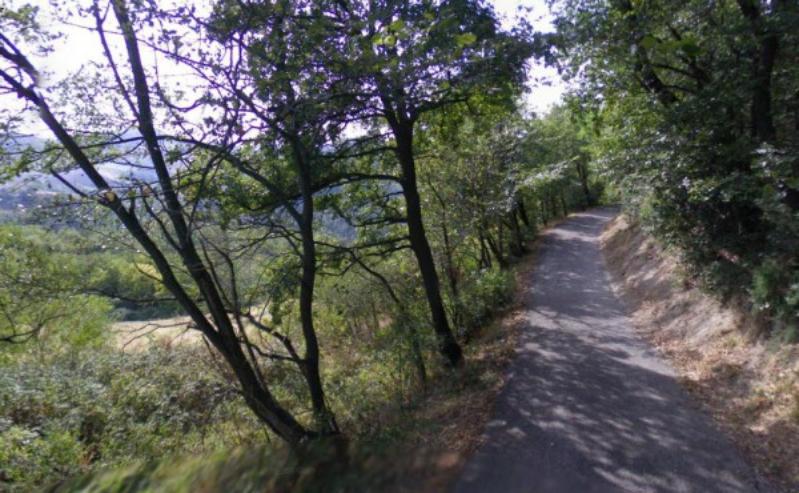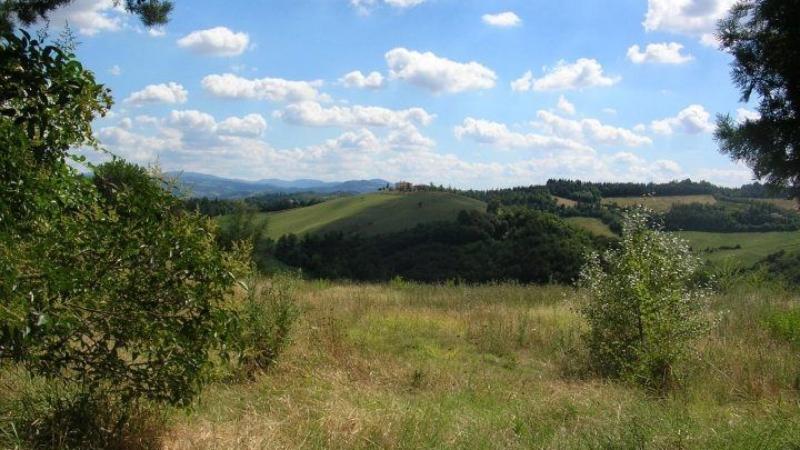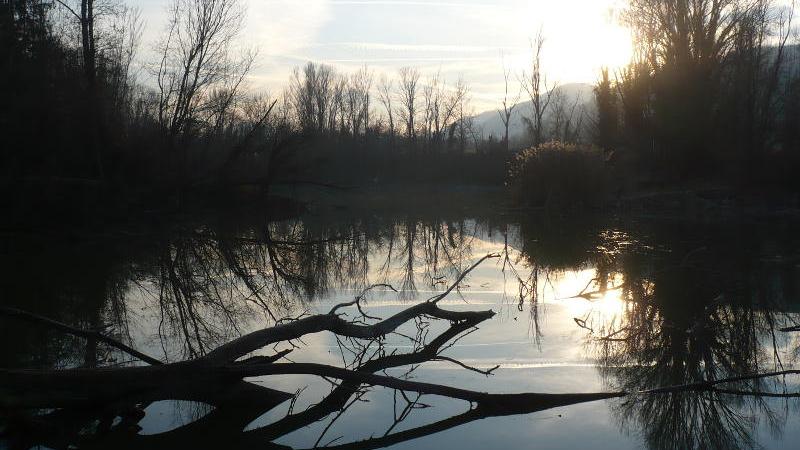Bologna
A large amphitheatre-shaped badland develops south of the Paderno Mountain towards the Savena River valley, known for the discovery of the "Bologna phosphorus stone", which took place in 1602 thanks to Vincenzo Casciarolo's search -a shoemaker from Bologna with a passion for chemistry-. This stone is a barium sulphate (baryte), which, by way of a special heat treatment, exhibits a natural phosphorescence due to impurities present in its chemical and mineralogical composition. In the centuries that followed the Bologna phosphorus stone attracted the attention of scientists, including Galileo Galilei and Fortunio Liceti, who questioned and argued about the nature of light. On 20th of October 1786, while stopping in Bologna during his trip to Italy, Goethe travelled to Paderno to search for samples of the Bologna stone writing in his notes: "I climbed up the mountain ravines divided into blocks, washed by the recent downpours, and to my satisfaction I found the heavy mineral, I was looking for, in abundance; mostly in the imperfect shape of an egg, in several points of the mountain in a state of decomposition; partly pure enough, partly still completely surrounded by clay in which it was stuck into (...). The heaviest piece I found was of 17 "lotti" (=170 g) (...). And here I am again with a load of stones: I have put in my suitcases for a good dozen pounds of this mineral. "
Show moreMap
Calanchi Paderno
Via dei Colli - 40136
Interests
- Nature & Landscape
